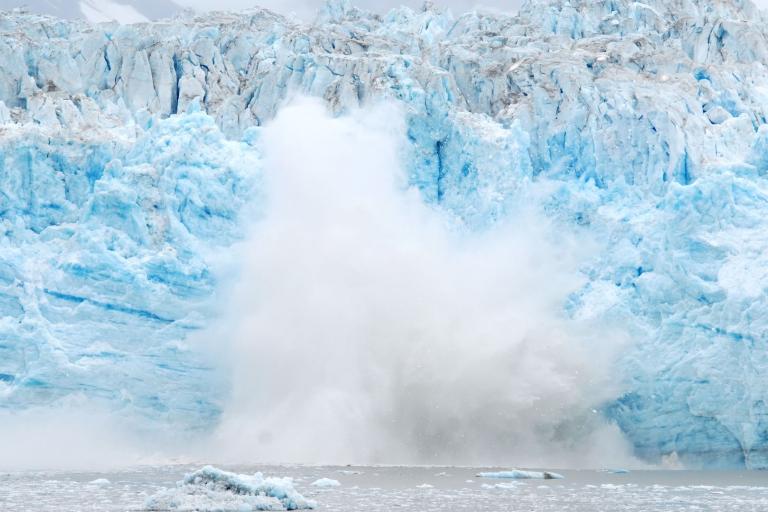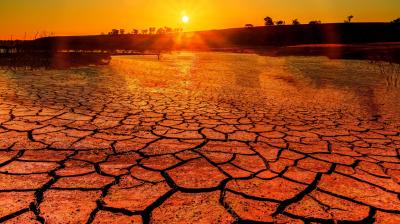2025 set to be second or third warmest year on record, continuing exceptionally high warming trend

The past 11 years, 2015 to 2025, will individually have been the eleven warmest years in the 176-year observational record, with the past three years being the three warmest years on record. The mean near-surface temperature in January-August 2025 was 1.42 °C ± 0.12 °C above the pre-industrial average, said the WMO report.
Concentrations of heat-trapping greenhouse gases and ocean heat content, which both reached record levels in 2024, continued to rise in 2025. Arctic sea ice extent after the winter freeze was the lowest on record, and Antarctic sea ice extent tracked well below average throughout the year. The long-term sea level rise trend continued despite a small and temporary blip due to naturally occurring factors, said the report.
Weather and climate-related extreme events to August 2025 – ranging from devastating rainfall and flooding to brutal heat and wildfires - had cascading impacts on lives, livelihoods and food systems. This contributed to displacement across multiple regions, undermining sustainable development and economic progress.
"This unprecedented streak of high temperatures, combined with last year's record increase in greenhouse gas levels, makes it clear that it will be virtually impossible to limit global warming to 1.5 °C in the next few years without temporarily overshooting this target. But the science is equally clear that it’s still entirely possible and essential to bring temperatures back down to 1.5 °C by the end of the century.” said WMO Secretary-General Celeste Saulo.
“Each year above 1.5 degrees will hammer economies, deepen inequalities and inflict irreversible damage. We must act now, at great speed and scale, to make the overshoot as small, as short, and as safe as possible – and bring temperatures back below 1.5 °C before the end of the century,” said UN Secretary-General António Guterres, who cited the WMO report in his statement to the Belém Climate Summit.
WMO released the State of the Global Climate Update 2025 for the Summit at the UN Climate Change Conference, COP30, in Belém, Brazil. It is a science-based reference to anchor COP negotiations in authoritative evidence. It highlights key climate indicators and their relevance to support policymaking and is a bridge to more detailed but less frequent scientific reports.
The report also provides a snapshot of how the WMO community is supporting decision-makers with weather and climate intelligence.
Since 2015, the number of countries reporting multi-hazard early warning systems (MHEWSs) has more than doubled – from 56 to 119 in 2024. However, 40% of countries still lack MHEWSs, and urgent action is needed to close these remaining gaps.
National Meteorological and Hydrological Services (NMHSs) have a growing role in climate action plans which increasingly recognize the importance of climate services such as seasonal outlooks in key sectors like agriculture, water, health and energy. Nearly two thirds of NMHSs now provide some form of climate services – varying from essential to advanced level – compared to approximately 35% just five years ago.
As climate-related drivers shape renewable energy supply and demand, it is essential to anticipate these influences to build reliable and flexible clean energy systems.










